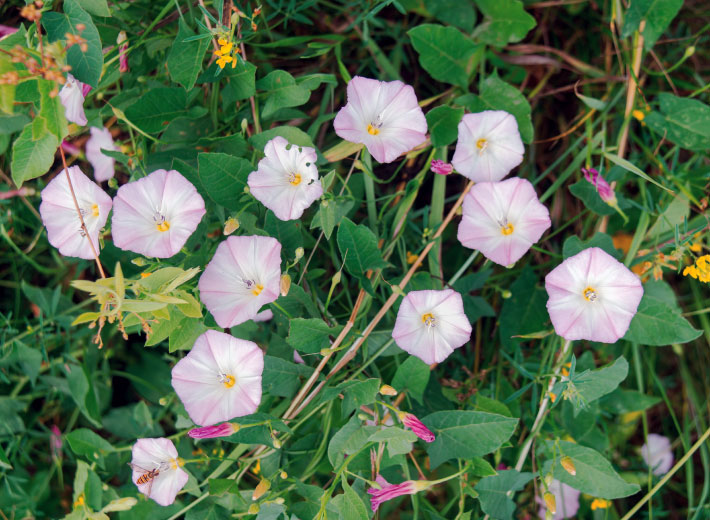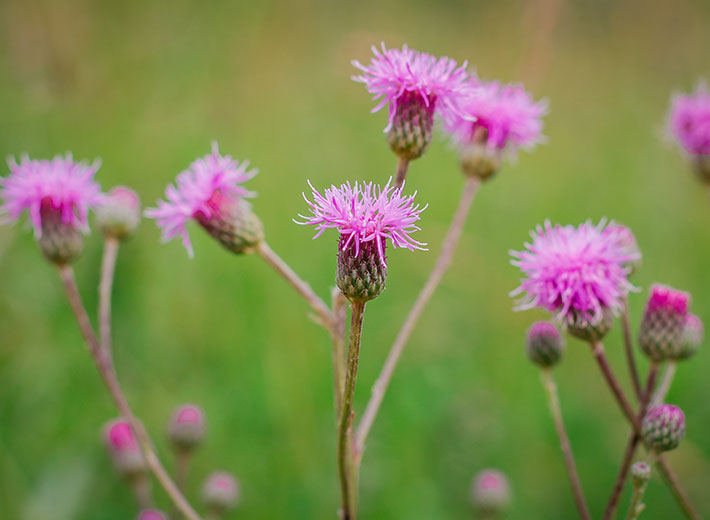
Introduction
The Douglas County Invasive Weeds Management Program exists to prevent, eradicate and control invasive weeds through education and public land management. Invasive weeds are non-native and aggressive plants that can replace natural vegetation and contribute to wildfire risk. Controlling their growth is key to fostering healthy ecosystems throughout Douglas County. This virtual environment is designed to help residents identify common invasive weeds, learn best practices for weed management, and connect with resources for further invasive weeds information and support.
The educational information provided in this resource is courtesy of the Colorado Department of Agriculture.


















